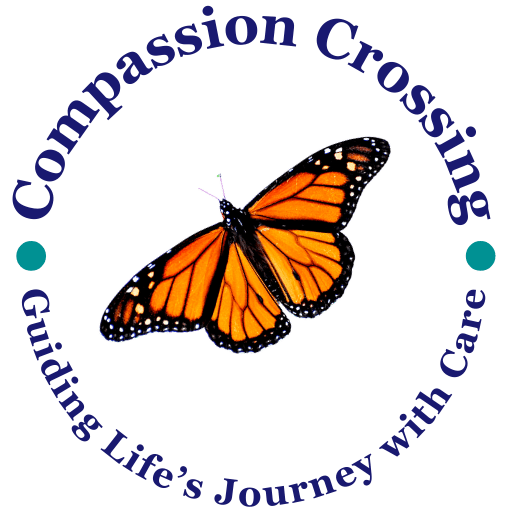Navigating Dementia: A Guide to Supportive Supplements

Discover how Lion’s Mane, Magnesium Glycinate, Vitamins D3, K2, B1, Folate, C, and MTC Oil can play a role in dementia care. This article delves into the latest research and expert insights on natural supplements that support cognitive function and overall brain health.
Understanding End-Stage PSP: A Guide for Families

Navigating the complexities of end-stage Progressive Supranuclear Palsy can be challenging. Our comprehensive guide provides essential information, practical tips, and empathetic support to help families and caregivers through this difficult time.
Natural Remedies for Dementia Anxiety: Ashwagandha and CBD

Explore the use of ashwagandha and CBD to ease anxiety in dementia patients. Learn about dosages, safety precautions, and real-life stories.
Understanding Ovarian Cancer: A Guide for Families
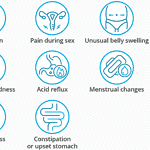
When a cherished family member receives an ovarian cancer diagnosis, the path ahead can feel daunting and complex. As a hospice registered nurse case manager specializing in empathetic end-of-life care, I am here to offer you clear and compassionate direction. In this article, we will discuss the anticipated stages of ovarian cancer, the transformations you may notice in your loved one, and effective methods to ensure optimal care from diagnosis to the journey's close.
Caring for Elderly Parents with Dementia Who Refuse Help
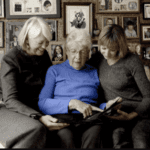
Navigating the challenges of caring for an elderly parent with dementia can be tough, especially when they resist help. This guide offers practical advice and compassionate strategies to support your loved one while respecting their autonomy and dignity.
Understanding Dementia Medication Side Effects: A Guide for Families

Discover the potential side effects of dementia medications and how to support your loved one. Stay informed!
Hospice Care Eligibility: Understanding the Six-Month Rule
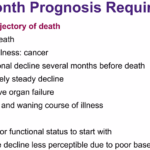
Discover the true nature of hospice care in the U.S. This guide clarifies eligibility, focusing on comfort for those with a terminal prognosis of six months or less, and the support available for families and caregivers during this journey.
The Importance of Routines and Consistency for Patients with Dementia
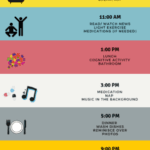
Maintaining routines and consistency can significantly improve the overall well-being and quality of life of a loved one with dementia. As a caregiver, understanding the value of routines and how they can positively impact your loved one's journey through dementia is crucial. In this article, we'll explore why routines matter, how to establish them, and their benefits to patients and caregivers.
Choosing Your Hospice Care: Understanding Patient and Family Rights

An article that guides families through understanding and exercising their rights to choose the best hospice care for their loved ones, ensuring their final chapter is written with compassion and respect.
Understanding Thyroid Cancer: A Guide for Families
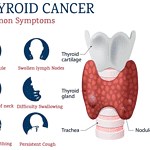
Thyroid cancer presents challenges not just for patients, but also for their families. My role is to be your guide, as a dedicated hospice registered nurse case manager, throughout the various stages of this disease. I'm here to equip you with the essential knowledge needed to provide compassionate care for your loved one. In this article, we will delve into what you should anticipate during the course of thyroid cancer, how to identify changes in your loved one's condition, and how to offer optimal care from the initial diagnosis to the end-of-life journey.
Doctors Ignoring Family Concerns in Dementia Care

Welcome to our discussion on a topic close to many hearts: the care of our loved ones with dementia. When a family member is diagnosed with dementia, it feels like a part of them slowly fades away. But as they lose parts of themselves, your role in their life becomes even more crucial. This article isn’t just words on a page; it’s a beacon of hope and understanding, shining a light on why your voice, as a family member, is vital in the care of your loved one.
Hospice Access for Undocumented Immigrants

Welcome to our guide on hospice care for undocumented immigrants. This article is crafted with the utmost empathy to support family members and caregivers as they navigate the complexities of end-of-life care. Our goal is to provide a clear understanding of hospice services and the unique challenges faced by undocumented immigrants during these tender moments.
Understanding Repetitive Questions of Dementia Patients

When caring for a loved one with dementia, it's important to approach their needs with empathy and understanding. Dementia is a progressive condition that affects memory, thinking, and communication. As a caregiver or family member, it's crucial to adapt your communication style and strategies to best support your loved one. This article will guide you through the stages of dementia, address common symptoms like anxiety and agitation, provide techniques to reduce caregiver burnout, create a calm environment, and effectively respond to repetitive questions.
Understanding and Caring for Your Loved One with Pancreatic Cancer
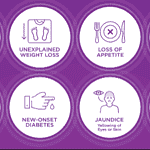
Dealing with a loved one's diagnosis of pancreatic cancer can feel overwhelming but remember that you are not alone in this journey. As an experienced hospice nurse specializing in compassionate care, I am here to support and guide you through the process, providing you with the information you need to understand what to expect as the disease progresses and how to provide the best care for your loved one at every stage.
Understanding and Caring for Your Loved One with Prostate Cancer
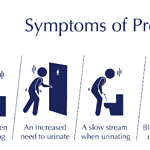
Navigating the path of prostate cancer can be challenging for both patients and their families. As a hospice registered nurse case manager specializing in end-of-life care, I offer you crucial information, guidance, and unwavering support. In this article, we will delve into the journey of prostate cancer, equipping you with insights about what to anticipate, how to identify changes in your loved one's condition and the optimal approaches to caregiving from diagnosis to end-of-life. Throughout this article, I aim to present information clearly and empathetically that resonates with your needs and comprehension.
Optimizing Hospice Respite Care: A Comprehensive Guide for Families
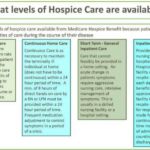
Caring for a loved one who has a terminal illness can be extremely rewarding but also particularly challenging. You may feel exhausted, overwhelmed, or isolated by the demands of caregiving. You may also feel guilty or anxious about taking a break from your loved one. But you deserve time to rest, recharge, and care for yourself. That is why hospice respite care can be a great option for you and your loved one.
Hospice respite care is a service that allows you to temporarily place your loved one in a facility, such as a hospital, nursing home, or hospice house, where they can receive professional care and support. You can use this time to do whatever you need or want, such as sleeping, working, running errands, visiting friends, or enjoying a hobby. Respite care can last up to five days at a time.
Understanding and Caring for Your Loved One with Lung Cancer
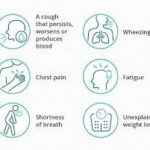
Lung cancer presents a difficult path for both individuals facing illness and their loved ones. As a dedicated hospice registered nurse case manager specializing in end-of-life care, my purpose is to equip you with essential insights. This guide aims to enlighten you about the stages of the disease, detecting crucial shifts in your dear one's condition, and delivering optimal care from inception to closure. By sharing this knowledge, my intention is to empower you to provide tender and considerate assistance throughout this profound journey.
Nourishing with Care: Feeding a Terminally Ill Loved One

Discover compassionate approaches to nourishing terminally ill loved ones. Learn about appetite changes, feeding techniques, and the importance of emotional support during meals. This guide offers practical tips for caregivers to ensure comfort and dignity while addressing nutritional needs in end-of-life care.
Traveling While on Hospice: Making the Most of Precious Moments Together

Discover how hospice patients can safely travel and create lasting memories with loved ones. Learn about essential preparations, medical considerations, and tips for a smooth journey. Explore ways to make the most of precious moments together while ensuring comfort and care during travel.
Caring for a Loved One with Dementia: Encouraging Medication Compliance

Caring for a loved one with dementia can be challenging. One common struggle caregivers face is ensuring their loved one takes their medications. Dementia can make understanding and remembering medications difficult. In this guide, we'll explore effective strategies for encouraging your loved ones with dementia to take their medications, considering their unique needs.
Understanding Stomach Cancer: A Guide for Families
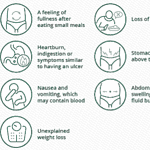
Coping with a loved one's stomach cancer diagnosis can feel overwhelming. As a hospice registered nurse case manager, I am here to provide you with vital information to navigate this journey. This guide is designed to equip you with knowledge, allowing you to care for your loved one with empathy and compassion, prioritizing their comfort and overall well-being.
Understanding and Managing Contractures

I know that the journey you and your loved one are on can be challenging, especially when facing a terminal illness. As an experienced hospice nurse caring for terminally ill patients, I want to provide you with some valuable insights on a common issue that may arise during this time: contractures.
Understanding Parotid Gland Cancer: A Guide for Families
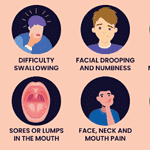
As a hospice registered nurse case manager, I understand that the journey through Parotid Gland Cancer can be challenging for both patients and their families. In this guide, I aim to provide clear and compassionate information to help you comprehend what to anticipate during the disease and how to offer the best possible care for your loved one. Remember, you are not undertaking this journey alone; I am here to offer unwavering support every step of the way.
Understanding and Caring for Your Loved One with Liver Cancer

Liver cancer can significantly affect your loved one's health and well-being. As a hospice registered nurse case manager, I'm here to help you understand what to expect during this journey and how to provide the best care possible. Remember, I'm here to offer guidance and support every step of the way.
